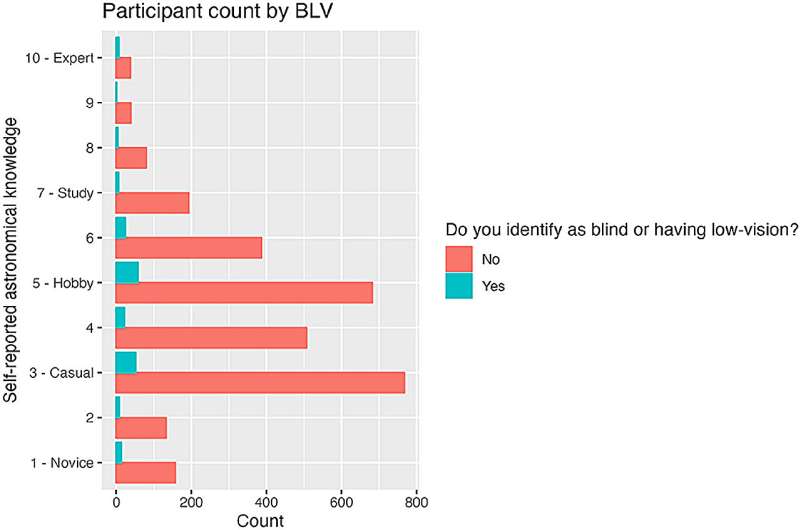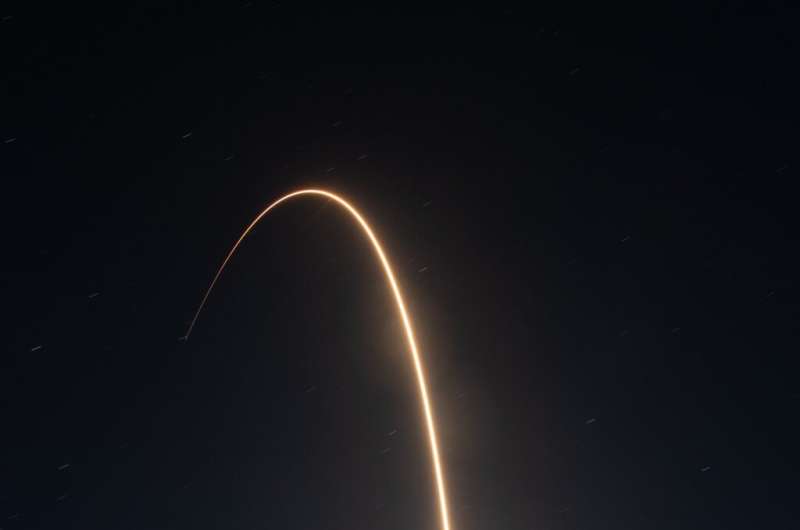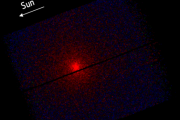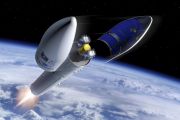
Copernical Team
Queqiao-2 achieves lunar orbit, advancing China's growing moon program
 The China National Space Administration (CNSA) announced the successful entry of the Queqiao-2 relay satellite into its circumlunar orbit following a critical near-moon braking maneuver early Monday.
The satellite initiated its braking sequence at approximately 12:46 am (Beijing Time), commencing at a distance of 440 kilometers from the moon. Within 19 minutes, Queqiao-2 had smoothly trans
The China National Space Administration (CNSA) announced the successful entry of the Queqiao-2 relay satellite into its circumlunar orbit following a critical near-moon braking maneuver early Monday.
The satellite initiated its braking sequence at approximately 12:46 am (Beijing Time), commencing at a distance of 440 kilometers from the moon. Within 19 minutes, Queqiao-2 had smoothly trans Ariane 6 Nears Maiden Flight: Twin Cores Assembled at European Spaceport
 ArianeGroup is in the process of assembling the central core for the inaugural Ariane 6 launch, marking a significant milestone in the launcher's development. The operation, taking place at the Launcher Assembly Building in French Guiana's Europe's Spaceport, involves the meticulous mating and integration of the launcher's main and upper stages. This precision-driven process is critical, as the
ArianeGroup is in the process of assembling the central core for the inaugural Ariane 6 launch, marking a significant milestone in the launcher's development. The operation, taking place at the Launcher Assembly Building in French Guiana's Europe's Spaceport, involves the meticulous mating and integration of the launcher's main and upper stages. This precision-driven process is critical, as the NanoAvionics Partners with Neuraspace for Advanced Space Traffic Management Solutions
 Neuraspace, a trailblazer in space traffic management solutions utilizing artificial intelligence, has partnered with satellite manufacturer NanoAvionics to integrate its state-of-the-art system into NanoAvionics' suite of small satellite mission services. This collaboration is aimed at bolstering safety and enhancing the sustainability of space operations.
NanoAvionics will adopt Neuraspa
Neuraspace, a trailblazer in space traffic management solutions utilizing artificial intelligence, has partnered with satellite manufacturer NanoAvionics to integrate its state-of-the-art system into NanoAvionics' suite of small satellite mission services. This collaboration is aimed at bolstering safety and enhancing the sustainability of space operations.
NanoAvionics will adopt Neuraspa Space Study Sheds Light on Human Perception and Safety in Zero Gravity
 A study by York University reveals astronauts' remarkable skill in orienting themselves and estimating distances in the absence of gravity.
The research, a collaborative effort with the Canadian Space Agency and NASA, suggests significant implications for astronaut safety in space. It could also offer insights into how aging impacts human balance systems on Earth, according to Faculty of H
A study by York University reveals astronauts' remarkable skill in orienting themselves and estimating distances in the absence of gravity.
The research, a collaborative effort with the Canadian Space Agency and NASA, suggests significant implications for astronaut safety in space. It could also offer insights into how aging impacts human balance systems on Earth, according to Faculty of H Russia's Soyuz MS-25 spacecraft docks to ISS

Russia's Soyuz MS-25 spacecraft successfully docked to the International Space Station Monday, four days after its launch was delayed due to a technical issue, the Roscosmos space agency said.
On board is Belarus' first female cosmonaut Marina Vasilevskaya, experienced Russian cosmonaut Oleg Novitsky and US astronaut Tracy Dyson, who blasted off on Saturday for a two-day journey.
"Soyuz MS-25 has docked to the ISS," Roscosmos said.
Novitsky and Vasilevskaya will spend 14 days in orbit, returning home aboard the Soyuz MS-24 spacecraft with US astronaut Loral O'Hara, while Dyson will spend 184 days in space.
MS-25's take-off was aborted seconds before launch on Thursday, raising further questions about the reliability of Russia's beleaguered space program.
Once a space-faring pioneer, Moscow has faced multiple setbacks since the collapse of the USSR, including the loss of two Mars missions and its first lunar probe in almost 50 years last August.
Space is one of the final areas of US-Russia cooperation amid an almost complete breakdown in relations between Moscow and Washington over the last two years.
For almost a decade, Russian Soyuz launches were the only way to ferry astronauts between Earth and the ISS, after NASA halted its Space Shuttle program.
Astronauts have surprising ability to know how far they 'fly' in space

Colorado-based companies Voyager Space, Palantir join forces on national security work in space

Denver-based companies Voyager Space and Palantir Technologies have signed an agreement to work together on enhancing national security capabilities in the commercial space realm.
A memorandum of understanding approved in February seeks to combine Voyager Space's more than three decades of space exploration and missions with Palantir's software technology and data analysis. The company's customers include the military, law enforcement and health care organizations.
"We are thrilled to collaborate with Palantir, exploring a diverse range of technologies and applications as we operate in a commercial space ecosystem," Marshall Smith, Voyager's chief technology officer, said in a statement.
Shyam Sankar, CTO of Palantir, said in a statement that the partnership represents a commitment to "advancing the frontiers of global commerce, civil, and national security capabilities" while reaffirming industry's role in bringing leading-edge technology to space exploration and security.
Voyager has a history of working on the International Space Station and is one of a handful of companies selected by NASA to design and develop commercial space stations. The ISS is expected to be retired in 2030. China's Tiangong space station is the only other one currently in operation.
Why scientists are making space data into sounds

NRO mission launches from NASA Wallops on Electron rocket

NASA's Wallops Flight Facility supported the successful launch of a Rocket Lab Electron rocket at 3:25 a.m. EDT, Thursday, March 21, from Virginia's Mid-Atlantic Regional Spaceport on Wallops Island, Virginia.
The rocket carried three collaborative research missions for the National Reconnaissance Office (NRO). The mission, dubbed NROL-123, was the first NRO mission to fly on a Rocket Lab rocket launched from the United States.
"We are proud to support our commercial and government launch partners with world-class launch range, safety and support services," said David L.
Cluster explains spiral dance seen over Norway
 Image:
Photo of auroral spiral
Image:
Photo of auroral spiral 





























